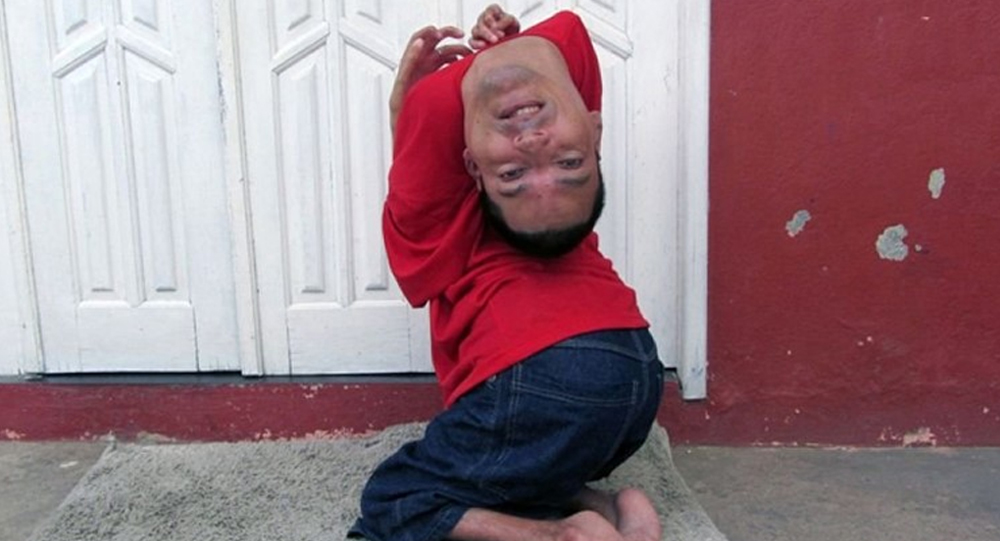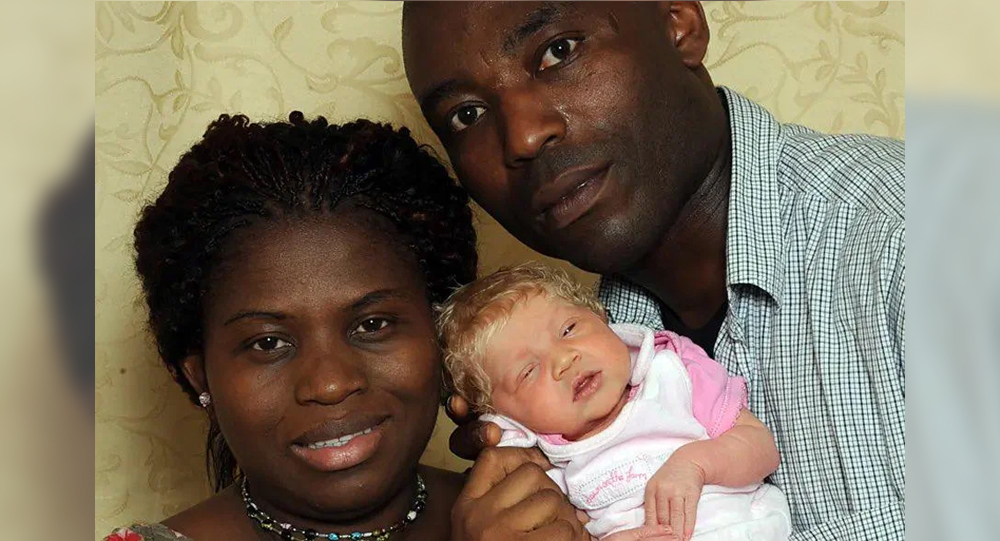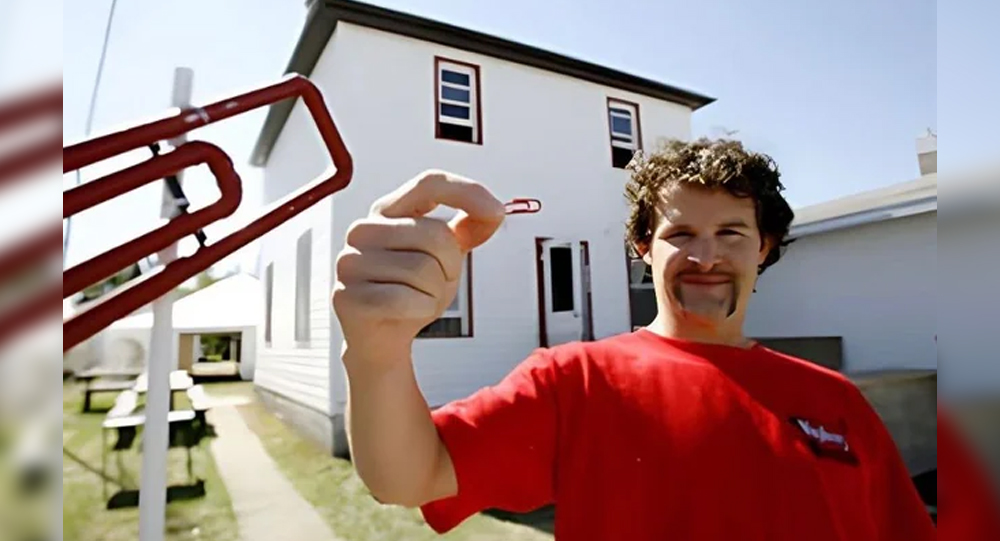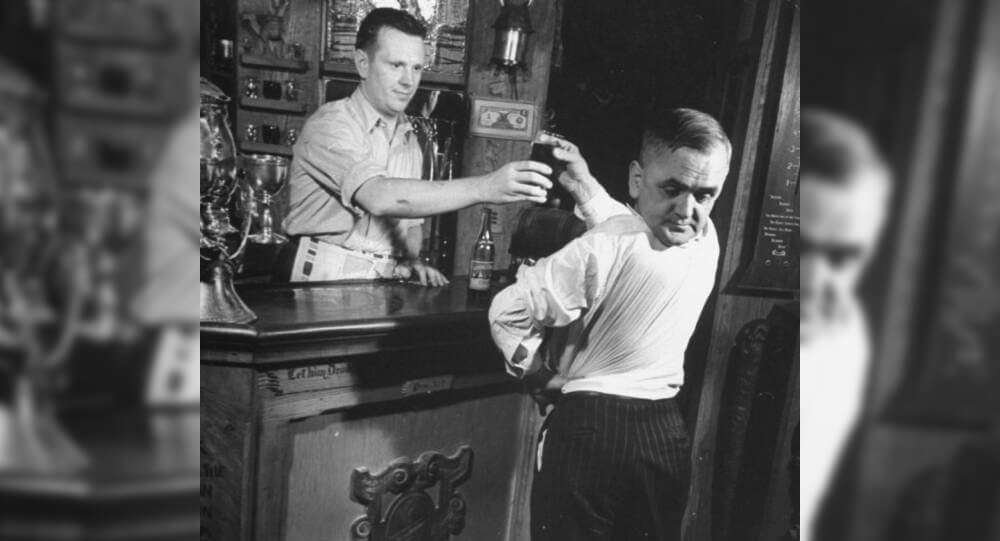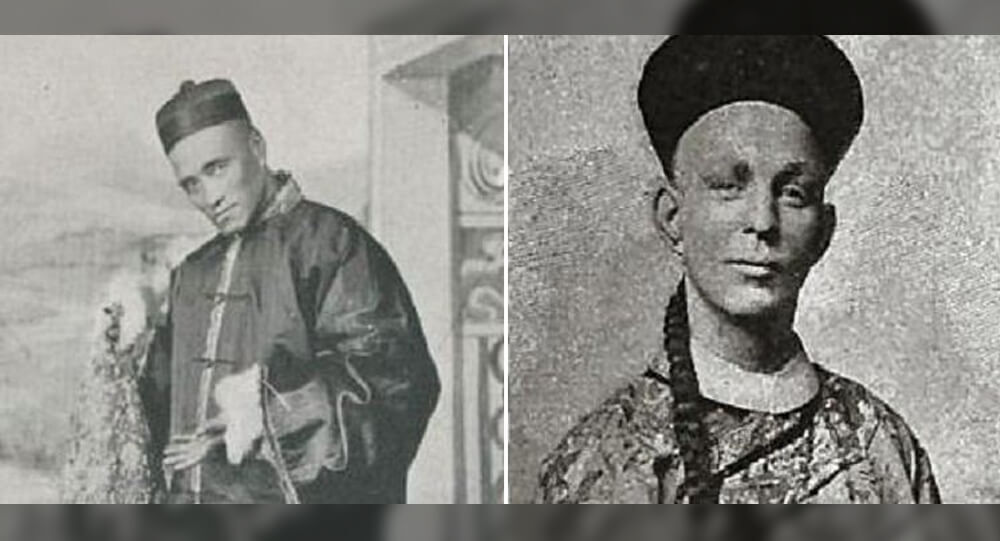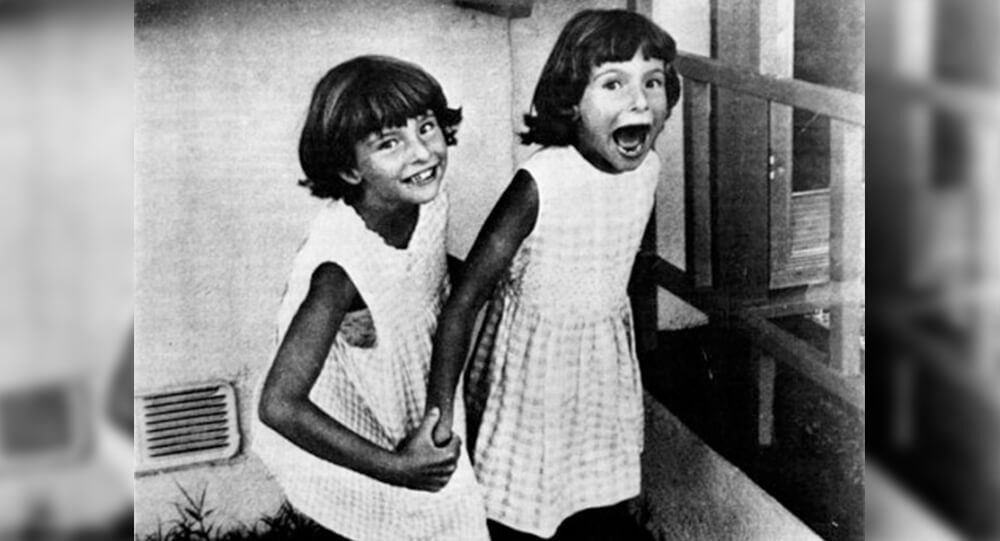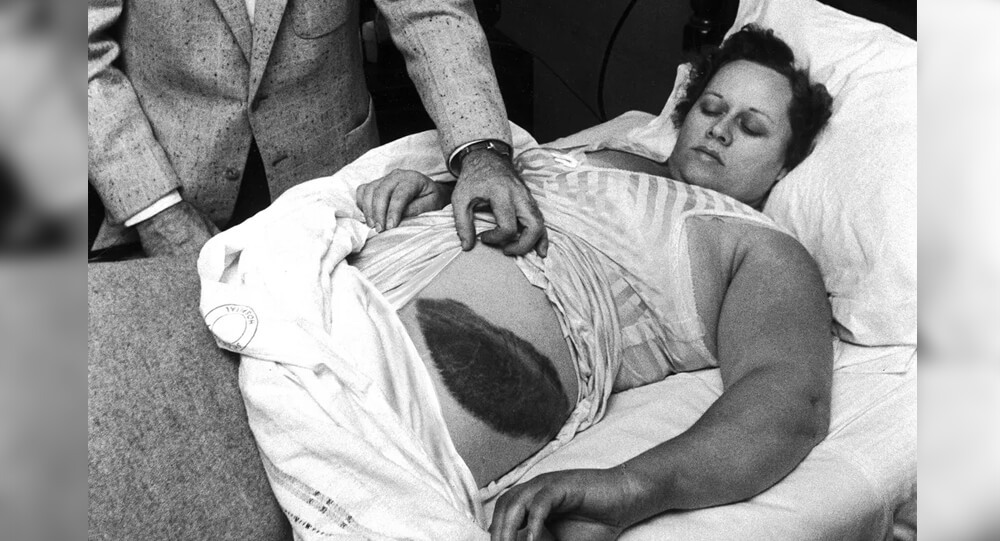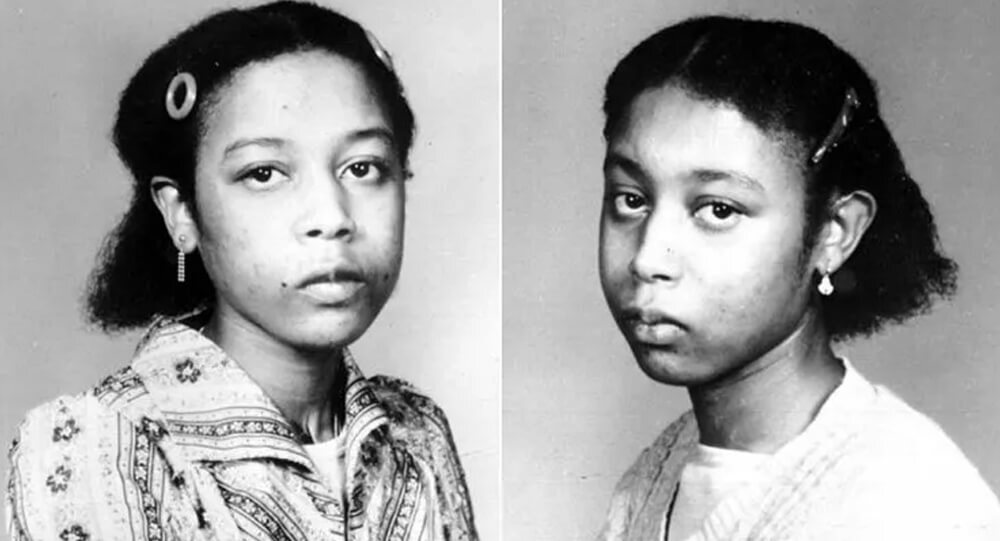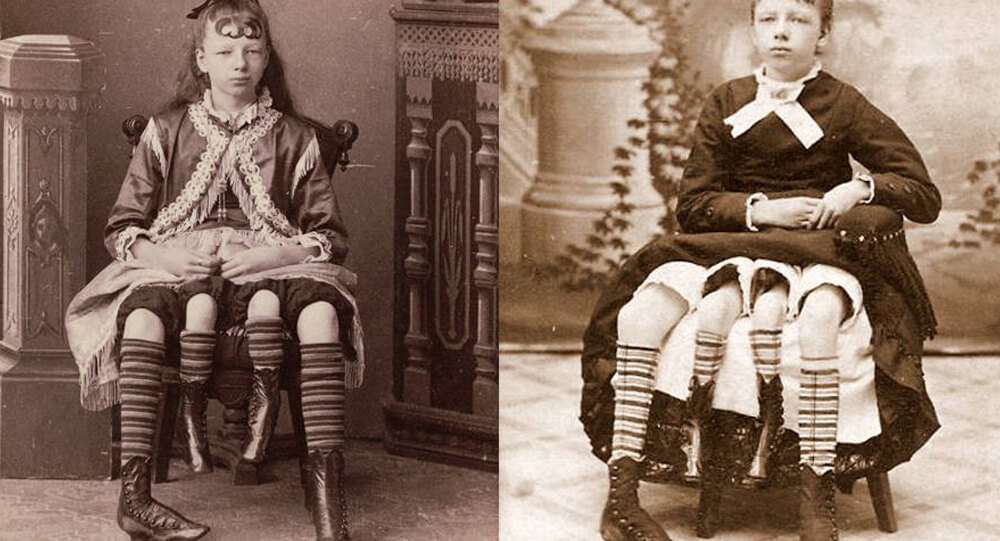

The true story of Josephine Myrtle Corbin, the lady born with four legs and two private parts
For all intents and purposes, Josephine Myrtle Corbin was an ordinary girl. Her birth was not unusual, and her mother claimed to have had a typical labor and delivery, with the exception of the baby being briefly in breech position.
The doctors who examined the baby after birth described her as strong and healthy, with good growth rates. One year later, she was discovered to be nursing “healthily” and “thriving well.”
Overall, Myrtle Corbin was a healthy, active, and thriving baby girl. All despite having four legs.
Almost entirely ordinary
After Myrtle Corbin was born with four legs, two normal-sized ones on either side of a pair of small ones, the doctor who delivered her felt compelled to point out the factors that they believed contributed to her deformity. First, the doctors stated that the baby’s parents were approximately ten years apart in age. William H. Corbin was 25, and his wife Nancy was 34.
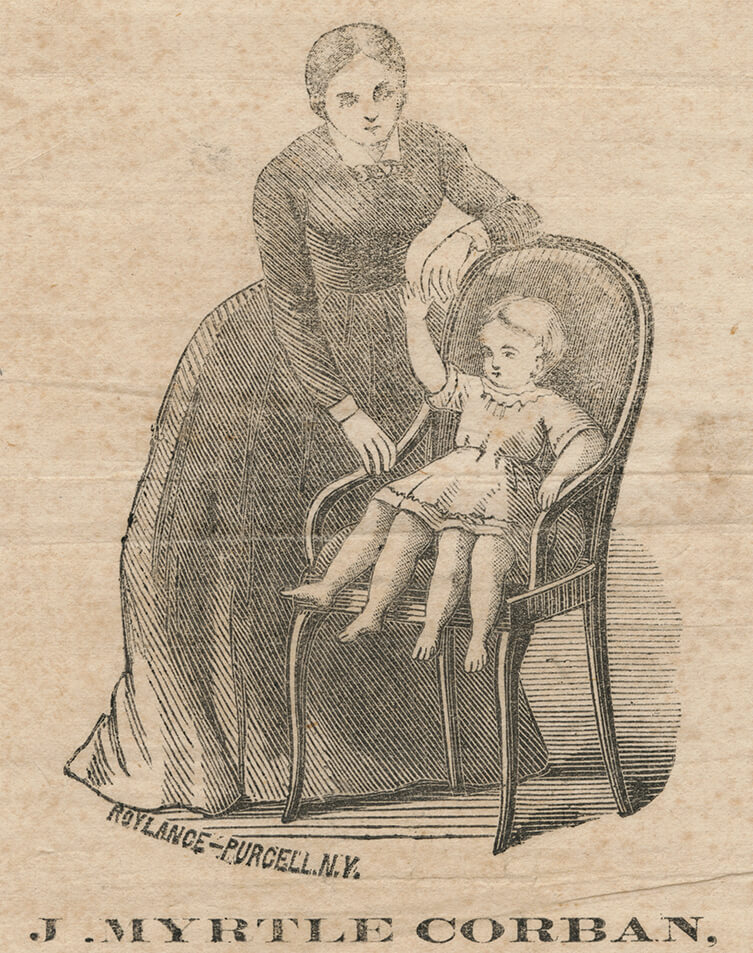
Second, the doctors noticed that the couple looked very similar to each other. Both of them were redheads with blue eyes and very fair skin. They actually looked so similar that the doctors felt compelled to explicitly state in their medical reports that they were not “blood kin”.
The young girl appeared to be just an anomaly despite the two factors the doctors mentioned; her parents had seven other children, all of whom were quite normal.
It would later be discovered that she had dipygus from birth and that the splitting of her body’s axis during development was probably the cause of her illness. She was thus born with two pelvises next to each other.
She had two sets of legs—one small and one normal sized—for each pelvis. The two normal legs, one with a clubbed foot, were positioned on either side of the two small legs, which were side by side.
Myrtle Corbin’s smaller inner legs were movable, but not strong enough for her to be able to walk on, according to medical journals kept by the doctors who treated her throughout her life. which, since they weren’t long enough to touch the ground, of course, didn’t really matter.
The Sideshow Career of Myrtle Corbin
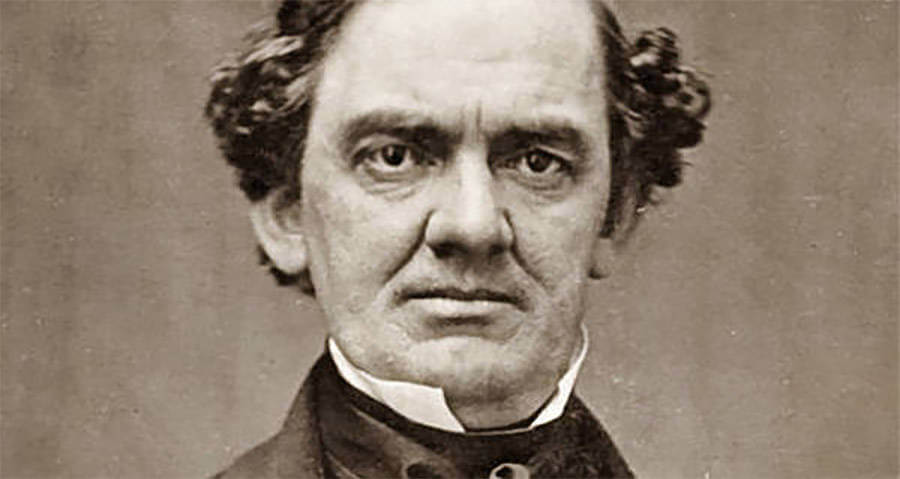
Myrtle Corbin, then 13 years old, entered the sideshow circuit in 1881 and went by the stage name “The Four-Legged Girl From Texas.” Her father saw her potential for both fame and money after showing her to interested neighbors and charging them a dime apiece. He started running advertisements in newspapers urging people to visit her and had promotional pamphlets made.
She was portrayed in the promotional materials as a girl who was “as gentle of disposition as the summer sunshine and as happy as day is long,” and it seemed to be the case.
She flourished as a sideshow attraction, earning immense popularity. She eventually started traveling instead of drawing inquisitive bystanders. She was able to make up to $450 per week by traveling to small towns and cities and giving public performances.
In the end, renowned entertainer P.T. She was hired by Barnum for his show after he learned of her.
She stayed on staff at Barnum for four years, and when he could not get her, she even encouraged a few other showmen to create lifelike four-legged human characters for their own productions.
In the end, renowned entertainer P.T. She was hired by Barnum for his show after he learned of her.
She stayed on staff at Barnum for four years, and when he could not get her, she even encouraged a few other showmen to create lifelike four-legged human characters for their own productions.
Myrtle Corbin’s life after the circus
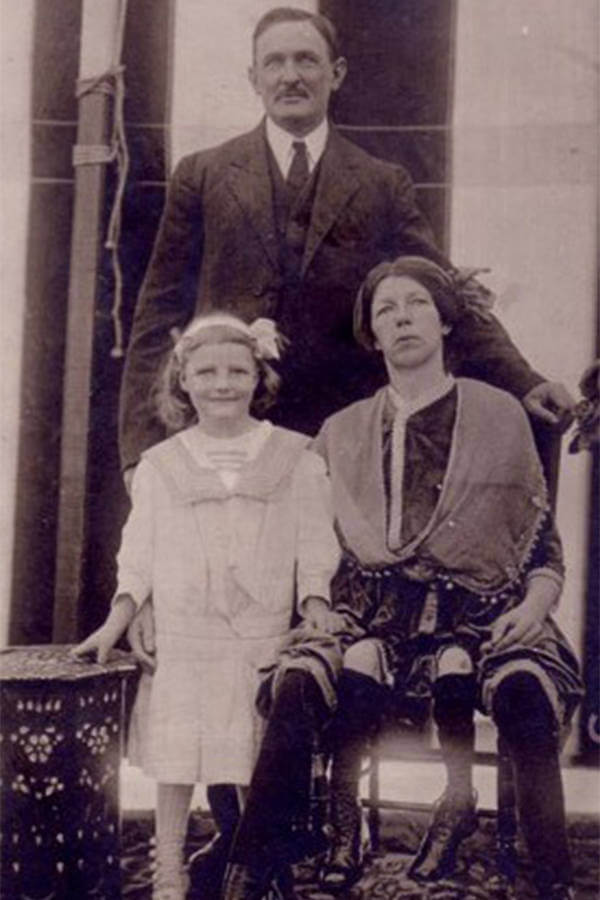
Myrtle Corbin left the sideshow industry at the age of 18. She had fallen in love after meeting Clinton Bicknell, a physician. The two tied the knot at 19.
In the spring of 1887, Myrtle Corbin found out she was expecting a child, about a year later. She had visited a doctor in Blountsville, Alabama, claiming to have fever, headaches, decreased appetite, and left side pain. Her two sets of internal and external reproductive anatomy made her anatomically unique, but doctors did not think that this prevented her from carrying her pregnancy to term.
Despite the fact that she became extremely sick during the first three months of her pregnancy and her doctor had to perform an abortion, she went on to have four more healthy children.
Myrtle Corbin’s life was comparatively normal after giving birth to her children and acting in the sideshow. She and her family continued to live a quiet life in their Texas home, even though her case kept coming up in national medical journals.
She eventually passed away in 1928 from a streptococcal skin infection. Although the condition is now easily treatable thanks to antibiotics, there was no such treatment in the 1920s.
Her coffin was buried and covered in concrete on May 6, 1928.

In Pakistan, this banyan tree has been arrested since 1898
In Pakistan, a tree has been arrested and chained since 1898. When a British officer who was drunk assumed it was leaving its place, it was arrested. The tree, which is presently located on the grounds of the Pakistan Army's Landi Kotal cantonment, continues to attract visitors and locals everywhere.

Mystery SOLVED: blood Rain in India
The dissemination of spores of microalgae has been identified as the origin of the 'Blood Rain' phenomena, according to a new study by Indian and Austrian experts. Since 1896, reports of intermittent red-colored rain in portions of Kerala and Sri Lanka have been coming in. The most recent one occurred in 2013 over Kerala.

Khuk Khi Kai: Thailand’s Infamous “Chicken Poop Prison” and Its Gruesome Legacy
Thailand used to have a prison called "Khuk Khi Kai," or "Chicken poop prison." The first floor of the prison contained prisoners, and the second floor was a large chicken coop. The grated floor ensured that prisoners were constantly subjected to chicken poop.

Poland's Krzywy: The Mysteries of the Crooked trees
In Poland, there is a forest with 400 crooked trees that have a 90-degree bend at the base of their trunks. Despite of numerous possibilities, the real reason and how it evolved remain a mystery.

Brazilian Man with Rare ‘Upside Down’ Condition Becomes Successful Accountant and Speaker
Born in Brazil with the rare and debilitating condition congenital arthrogryposis, which caused his head to be positioned upside down, this man was once written off by doctors who urged his mother to let him starve. Defying grim predictions, he overcame immense challenges to become a successful accountant and a powerful international motivational speaker, inspiring millions worldwide.

The Miracle Baby: Nigerian Couple in the UK Welcomes a Rare Blonde, Blue-Eyed Child
A black, Nigerian couple living in the U.K. gave birth to a white, blonde, blue-eyed baby that they call the "miracle baby."

Story of Peng Shuilin: Man with only half a body
We have a habit of whining in our daily lives. We never seem to be pleased with the things we have in life. "I want to be skinny," fat people say, "I want to be fat," slim people say. Poor people aspire to be wealthy, and wealthy people are never satisfied with their status. Everywhere we go, we're whining. Can you image how a man would want to live if he didn't have any legs or bums at all?

The mysterious Pumpkin impaled on the top of Tower
Twenty Three years ago, somebody impaled a 60-pound pumpkin 170 off the ground on this spire at Cornell University. Nobody knows who did this or how they did it.

Lucy and Maria The Biracial Twin Sisters with Rare Black and White Skin Colours
Lucy and Maria Aylmer are twins, but they have a hard time to convincing people. Even though they have mixed-raced parents, their mom was still shocked when the midwife handed her babies she’d expected to look alike, but were complete opposite.

Brazilian gang leader attempts to escape from Rio de Janeiro prison by dressing up as his daughter
In 2019, a Brazilian gang leader tried to escape from prison by dressing up as his daughter when she visited him behind bars and walking out of the penitentiary's main door in her place.

Japan’s Chicken-Flavored Ice Cream: The Bold Fusion of Sweet Vanilla and Real Grilled Chicken
A Japanese company once created chicken-flavored ice cream using real grilled chicken bits mixed into vanilla. It combined sweet and savory in a way few dared try, but it drew curiosity from foodies seeking extreme culinary experiences.

How a Canadian Man Traded a Red Paperclip for a Two-Story Farmhouse
In 2005, Canadian blogger and entrepreneur Kyle MacDonald embarked on an extraordinary journey that captured the world’s imagination. Starting with nothing more than a single red paperclip, Kyle pursued a year-long chain of strategic trades that escalated from small, quirky items to a two-story farmhouse in a small town in Saskatchewan. What began as a playful social experiment became a legendary story of creativity, perseverance, and the power of barter in the digital age.

The Incredible Story of Martin Laurello, The Sideshow Performer With The Revolving Head
Martin Laurello was also known as 'The human owl'. He was born with the ability to turn his head a full 180 degree.

A woman finds her ex-boyfriend living in her attic 12 years after they broke up
Most people have heard of "things that go bump in the night," but for one South Carolina lady, that "thing" was her ex-boyfriend, whom she discovered living in her attic more than 12 years after they broke up.

The Bizarre (And Magical) Duel Between Chung Ling Soo And Ching Ling Foo
Ching Ling Foo and Chung Ling Soo were two magicians from the early 20th century who were bitter rivals. While Ching Ling Foo was genuinely Chinese, Chung Ling Soo was actually a New Yorker named William Robinson.

Poto And Cabengo: The Secret Language Of Twins
Poto and Cabengo, as the two girls called each other, communicated in their own language. The twins were ignored by their parents and secluded from the outside world because their father felt they were developmentally retarded, and their unique language evolved as a result of that neglect.

Recipient of suicide victim's heart kills himself 12 years later
In 1995, Sonny Graham received a transplanted heart from a suicide victim. He then committed suicide in the very same manner as the donor.

In 1954, an Extraterrestrial Bruiser Shocked This Alabama Woman.
In the year 1954, a grapefruit sized meteorite crashed through the roof of a farm house in Alabama, bounced off a large wooden console radio and hit Ann Hodges while she was napping on her couch. This was the first confirmed case of a person to be hit by a meteorite.

The 1814 London beer flood
In 1814, there was a beer flood in London when a tank containing more than 300,000 gallons ruptured in which 8 people drowned.

The mystery of India's 'lake of skeletons'
In 1942, a British forest guard in India made an alarming discovery. Some 16,000 feet above sea level, at the bottom of a small valley, was a frozen lake absolutely full of skeletons.

The story of a boy who claims to be on Mars: Boriska Kipriyanovich
Boriska Kipriyanovich, who lives in Volgograd, Russia, claims he lived on Mars before being resurrected on Earth on a mission to redeem humanity. What we know about him is as follows:

The Story of the Hidden Flight Simulator Game in Microsoft Excel 97
Before smartphones ruled hidden gaming, Microsoft slipped an extraordinary secret into one of its flagship office programs: a fully functional flight simulator game inside Excel 97. This little-known Easter egg captivated users who discovered a way to pilot a plane through the grid-like interface. Explore how this unexpected feature was created, the tech magic behind it, and why it remains a legendary piece of software lore.

Mill Ends Park, the Smallest Park in the World
Portland, Oregon is home to the tiniest park in the world, a two-foot-diameter circle. Mill End Park is the name of this park.

June and Jennifer Gibbons The silent twin who Only Spoke to Each Other
Identical twins June and Jennifer Gibbons were born on 11 April 1963 at a military hospital in Aden, Yemen where their father worked as part of the Royal Air Force.

The story of Lionel the Lion-Faced Man, Stephan Bibrowski
Stephen Bibrowski, also known as Lionel the Lion-faced Man, was a well-known sideshow entertainer. His entire body was covered in long hair, giving him the appearance of a lion; this was most likely due to a rare condition known as hypertrichosis. Lionel traveled to the United States in 1901 and began performing with the Barnum and Bailey Circus.





